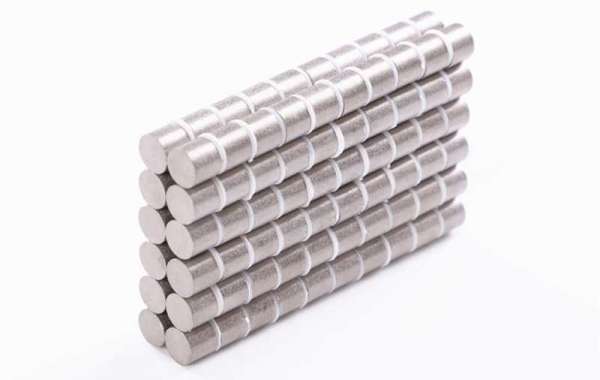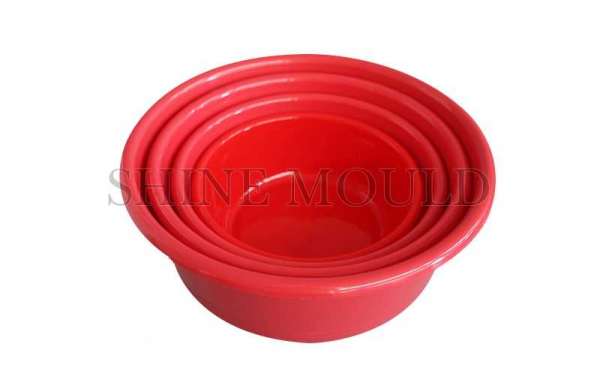SmCo Magnets have long been a critical component of many different medical technologies, the most well-known of course being magnetic resonance imaging (MRI) technology, which was first developed in the 1970s and 1980s. Magnets are also found in many other medical devices, although their role is less well known. Magnets are utilized in magnetic switches, blood separators, hospital water filtration systems, laboratory testing, ventilators, insulin pumps, and more. Implementing magnets in medicine leads to a higher standard of patient care and greatly assists medical staff in carrying out their essential, life-saving work.
We have a long history of designing and supplying custom magnets and magnetic assemblies for various medical applications
Throughout the COVID-19 crisis that has dominated all aspects of life in 2020, a huge focus has been placed on ventilators. This life-saving piece of equipment uses blower motors to create the airflow necessary for helping patients battling COVID-19 to breathe, and those blower motors are powered by rotors that utilize tiny, powerful magnets. In the rush to establish rapid, effective ways to test for COVID-19, researchers have created an alternative to traditional centrifugation by using magnetic beads to rapidly pull the virus’s RNA from a test sample. Aside from COVID-19 testing, permanent magnets are frequently used in other various medical separation devices.
On every floor of the hospital, magnets can be found assisting in patient care. Aside from powering ventilators, permanent magnets are also used to power devices such as heart pumps. When magnetic bearings are used in heart pumps, the pump’s reliability is improved, its operating life is extended, and blood damage is minimized. In the surgical ward of a hospital, new technology is being developed that utilizes magnets to streamline and simplify surgical procedures, such as creating an anastomosis. In magnetic compression anastomosis, specially designed rare earth magnets are placed so as to compress a segment of tissue and form the anastomosis. This experimental medical technology creates a much-desired alternative to traditional methods that use hand sewing or staples, and it was found to be a faster way to complete the procedure and more pleasant for patients in recovery. In general medical applications, magnets are also used in holding systems and many different pump and filtration systems.
Magnets are also utilized in technology that improves everyday life for people with certain conditions. For Deaf individuals who choose to utilize cochlear implants, a magnet is used to hold the device’s headpiece in place in order to effectively transmit sound to the internal device. Magnets are also used in dentistry for applications such as assisting in the retention of overdentures. In the case of people who use prosthetic limbs, magnet prosthetic suspension systems help to keep the prosthesis in place while increasing overall comfort and reducing prosthesis maintenance demands.
There are many different ways that magnets can be utilized in medical technology, and they are of great interest to researchers tasked with developing even more ways to apply the power of magnets to medical applications. Alnico Ring Magnets are a key component of many of the essential medical technologies that we rely on, and it is hard to imagine a medical landscape without the incredible capabilities of magnet-driven technology such as MRI machines.








